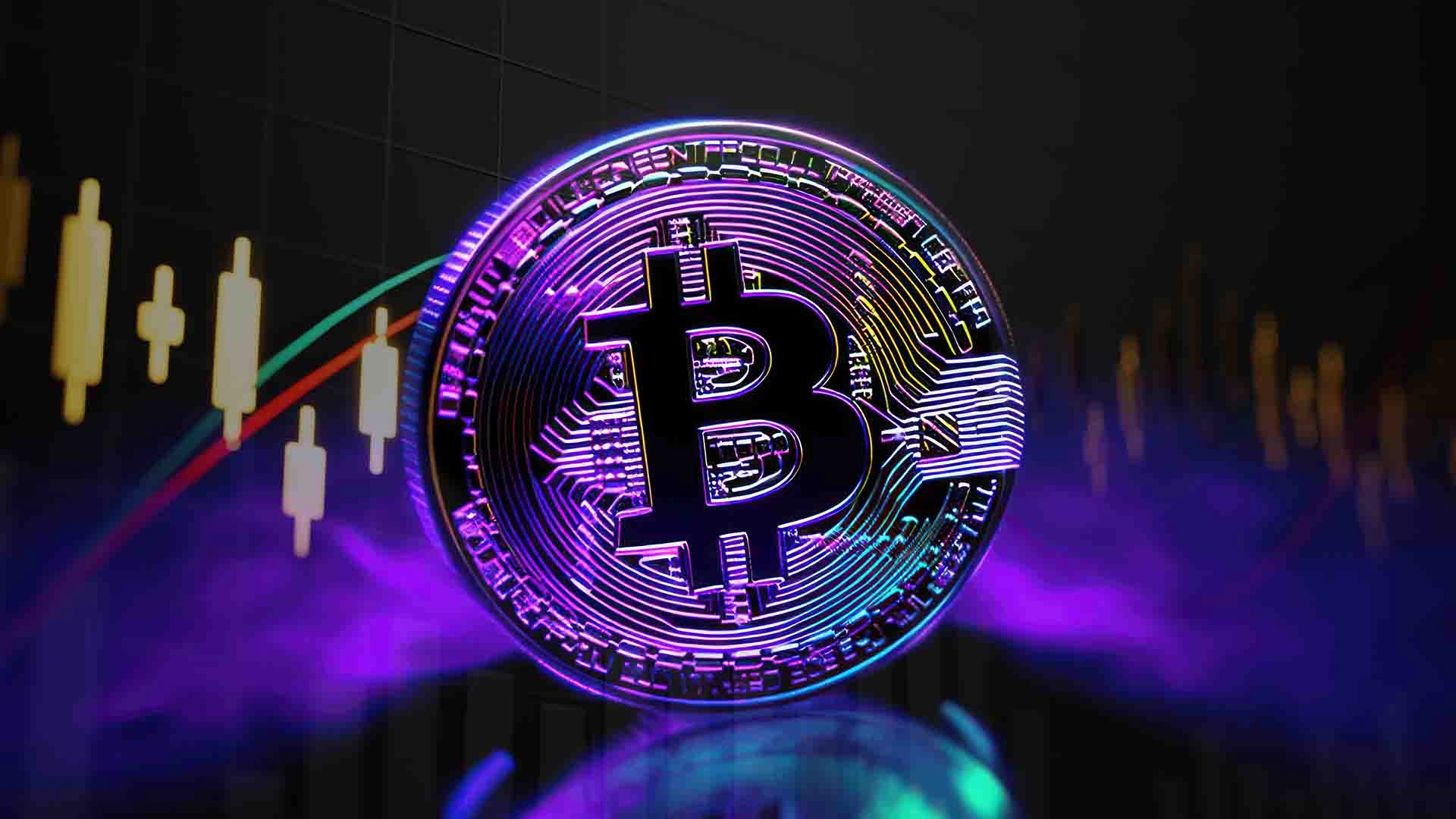Why use USDT? That’s a question many newcomers to crypto ask as they dive into the stablecoin scene. These coins aim to keep their value steady, usually pegged to a currency like the U.S. dollar, and they’ve become a popular choice for those who want to avoid the typical crypto rollercoaster. But USDT isn’t the only game in town—there are a handful of others worth knowing about. Let’s look at the top 5 stablecoins and see how they compare.
1. USDT (Tether) – The Original Stablecoin
USDT is probably the most well-known stablecoin out there. It’s widely accepted and works on multiple blockchains, making it super versatile. The main draw? It’s pegged 1:1 with the U.S. dollar, so you get a digital dollar without the usual crypto volatility.
That said, some people raise eyebrows about how well it’s backed by actual reserves. Transparency has been an issue in the past, but USDT remains king in terms of adoption and liquidity. If you’re asking “why use USDT?” this is part of the answer — it’s everywhere, easy to trade, and accepted on most crypto platforms.


2. USDC – Circle’s Transparent Challenger
USDC is another stablecoin pegged to the dollar, but it’s often praised for its transparency and regulatory compliance. Many say it’s a safer bet for those who worry about backing and audits.
Compared to USDT, it might not have quite the same volume or reach, but it’s gaining ground fast. So, if you’re cautious about where your digital dollars come from, USDC might appeal more.

3. BUSD – Binance’s Stablecoin
Binance, the huge crypto exchange, launched BUSD, which is fully backed by the U.S. dollar reserves and approved by regulators. It’s popular especially among Binance users for quick, cheap transactions.
Though less global than USDT, it offers solid security and easy access on Binance’s platform. If you mainly use Binance, BUSD could be your go-to stablecoin.

4. DAI – The Decentralized Stablecoin
DAI takes a different approach—it’s decentralized and backed by a mix of cryptocurrencies instead of dollars. This makes it less dependent on a single company or government.
However, because it’s crypto-collateralized, its stability can sometimes fluctuate more than USDT or USDC. Beginners might find it a bit more complex but interesting if you want to avoid centralized control.

5. TUSD – TrustToken’s Transparent Option
TUSD is another stablecoin with a focus on transparency and regular audits. While it’s smaller in market cap compared to the others, it offers another reliable option if you want to diversify your stablecoin holdings.
It’s accepted on many platforms but doesn’t have quite the same liquidity as USDT or USDC yet.

So, Why Use USDT? The Bottom Line
When you look at all these options, why use USDT? The answer often comes down to its wide acceptance and liquidity—it’s easy to buy, sell, and use in many crypto environments. Plus, for beginners, that familiarity can make a big difference.
That said, the stablecoin space is evolving fast. Maybe USDC’s transparency or DAI’s decentralization will fit your needs better, depending on your priorities. No one-size-fits-all here — it’s about what you value most: trust, ease, or decentralization.
Relevant news: Why Use USDT? A Beginner’s Guide to Understanding Stablecoins











